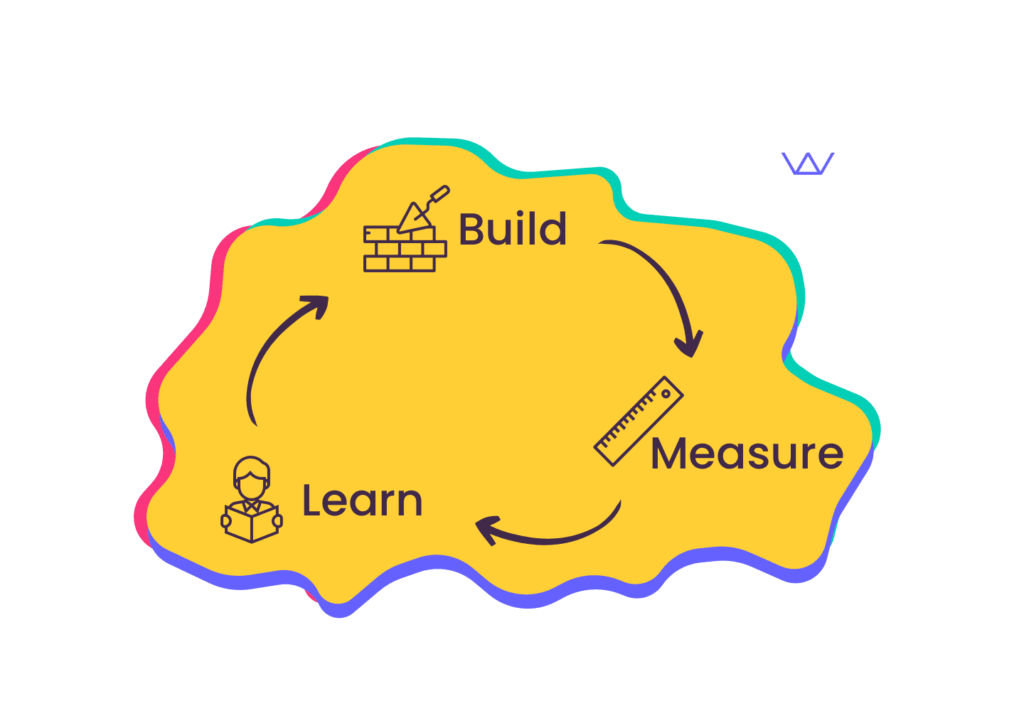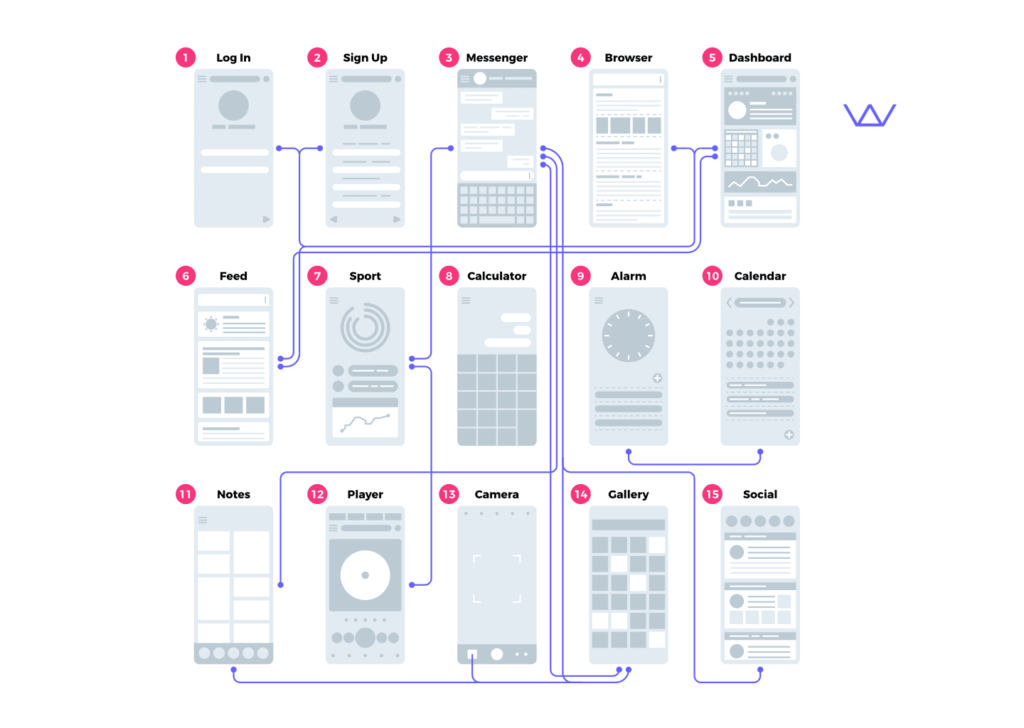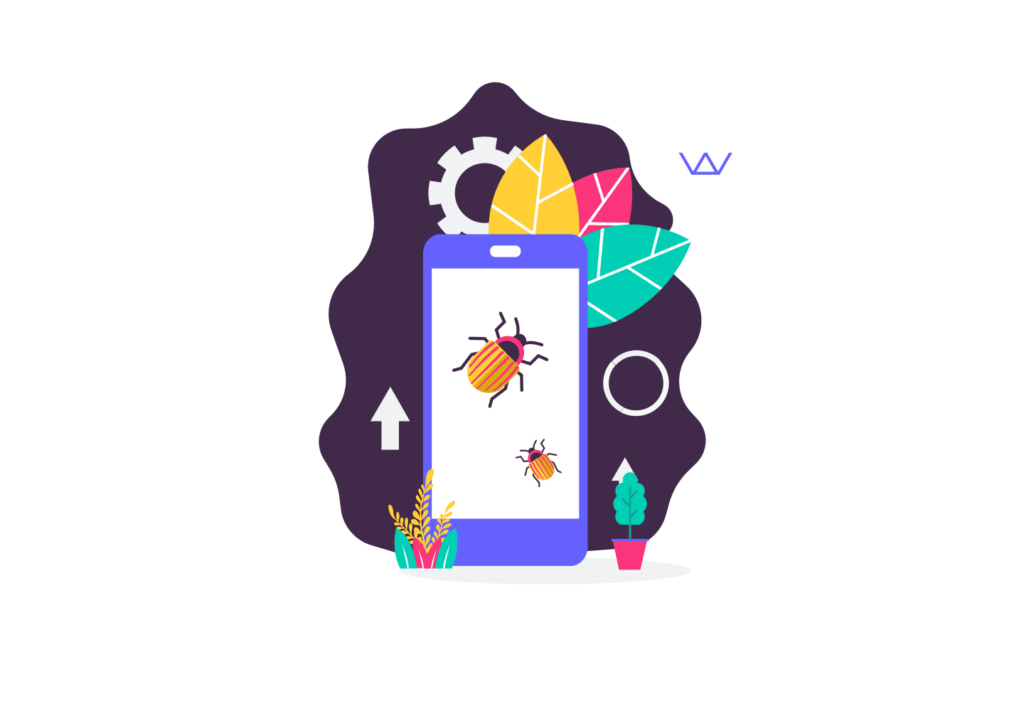The main business goal of a startup who is implementing an idea into an app is to enter the market with a stunning digital product and become a new indispensable solution for users. To do so, an MVP (minimum viable product) helps you test the market, know your users, and perfectly adjust the features to them before even launching the app.
Thousands of startups fail, other ones skyrocket the market. We analyzed both to identify the key factor of a successful app release. All they had in common is an MVP. Learn if it’s a “Win or Lose” app before even launching it. A complete MVP lets you get all the information about your future users’ needs and identify crucial issues that would lead to failure.
CB Insights reveals that 42% of startups fail because there was no market need. So, before going into six steps of building a complete MVP, let’s start with step 0 – collecting the information. All the decisions of building your MVP must rely on well-done research about your target group: their behavior, needs, preferences, age, demographic, etc.
Do your homework!

Moreover, try on your future users’ shoes — research on the alternative solutions for the need your product is aiming to fulfill. Also, crawl the market for your potential competitors. Detailed competitor analysis allows you to build and test the differentiators on the MVP stage.
Your solid value proposition might be a house of cards easily blown away by the first users. So do the research and do it in depth. Then we shall proceed to create the actual MVP.
At Wolfpack Digital, we build an MVP based on Eric Ries’s definition of it in his book – The Lean Startup:
A Minimum Valuable Product (MVP) is that version of a new product that allows a team to collect the maximum amount of validated learning about its costumers, with the least effort.
A clear vision of the problem you are about to solve is the first requirement of building a sustainable MVP. The match between the problem and solution your engineer is evaluated and adjusted by the build-measure-learn feedback loop.
Fancy terminology is only scary at first. In simple words, it’s a methodology that helps your startup or business to considerably shorten the product development process. Follow the loop:

The core idea is pretty simple: once you have released your MVP, start monitoring its performance and customers’ interactions with each feature. This way, you will gain relevant data to discover the discrepancies between customers’ expectations and yours. By using this approach, you will be able to identify all the functionalities that need adjustments and some of the parts that have to be quickly fixed.
An MVP ready to become a stunning final product directly is not a miracle. As long as your target audience is happy with your MVP, it’s good to go on the app market as the final product.
Even though a minimum viable product is more of a sketch of your future digital product, treat it seriously. In the end, you want to have a flawless web or mobile application. So start with a solid base for it. Create a complete MVP following the well-tested steps.
6 steps to build a complete MVP
1. Clearly define app functionalities
Of course, after doing detailed research at step 0, now is the moment to answer two questions, “What problem is my app solving and for whom?”
At this stage, we want to estimate the market fit as realistic as possible. With a clear picture of your future users in mind, you can decide on the features to fulfill the real needs, each one in detail. This process is also known as creating a user story.
An example of a user story: as an owner of a small business, I want to be able to see how many users visit my website and when. Based on that, I can decide on the best moment to publish a special offer.
2. Design the user journey
You already know what the main user story you want to create in your app. Now make it an adventure. Decide on all the steps the user must and can take by navigating the app. Use Graphic block-scheme (in drawn/psd/pdf form) to visualize the app screens with all the essential elements (buttons, text fields, etc.). Imagine the actions a user takes from screen to screen and link them accordingly. A simple and beautiful wireframe gives you a clear idea of your user’s journey within your future app.
To speed up the process, try wireframing tools. Our favorite ones are: Fluid UI, Wireframe cc.
3. Spice your MVP with UX/UI design
A unique product starts with a unique MVP. Find some time to make your first version of the app appealing. Go through all the actions a user will be able to take in your MVP and design the elements he or she will interact with (buttons, menus, CTAs). Keep it simple and clean. It doesn’t have to be out of this world, but a little bit of style will help the user naturally navigate the app. Also take into consideration this secret of building an MVP that is desirable, marketable, delightful, and lovable.
Do some UX/UI design together with creating the initial wireframe. inVision will help you out with that. It’s a great prototyping tool.

4. Time to code the talk
Now we build the actual MVP. Before starting to write the lines of code, you have to decide on the codebase (we recommend you Ruby on Rails/ HTML/ CSS/ JavaScript/ Swift/ Java, etc.). Investigate and choose the most convenient one because this is one of the app elements that gets harder to edit once you go further with your app development process. Decide on the basics for example: would you rather build a mobile app or a mobile-friendly website? A perfect codebase for you is the one that lets you make all the app requirements functional, follow the wireframes, and get the wanted look-and-feel of your UX/UI design.
Now, wish the best of luck to the app development team!
5. Let’s hunt the bugs
The code might look impeccable, but there is no guarantee it works the same. Test your MVP from A to Z and note all the issues that interrupt the smooth experience you planned for your future users.
Get the third parties involved in testing because the first-look experience is the most honest one. You can ask a small focus group like your family and friends to test it. It’s called the alpha testing stage. Once your MVP has successfully passed the alpha testing, you can do the beta testing. In this phase, you expose your MVP to a higher number of users. Release! Sounds glorious but take it as a bigger test you are going to benefit from even if the issues come out.
 With tons of feedback from users, you go back to your app and improve it, following the lean startup cycle. Remember, you are happy as long as your users are happy. So keep on going from testing to improving till you get to an almost perfect version.
With tons of feedback from users, you go back to your app and improve it, following the lean startup cycle. Remember, you are happy as long as your users are happy. So keep on going from testing to improving till you get to an almost perfect version.
Code. Test. Fix. Deploy. Release. Repeat.
6. Skyrocket the app market
Your mobile app becomes downloadable in AppStore or Google Play; the number of your website visits grow in digits. It’s a happy ending for our story of building a complete MVP. But the app will not skyrocket the market by itself. Keep an eye on your target group and competition.
Think big and start planning the next versions of your product that will exceed your users’ expectations and will leave the competitors far behind this time.


